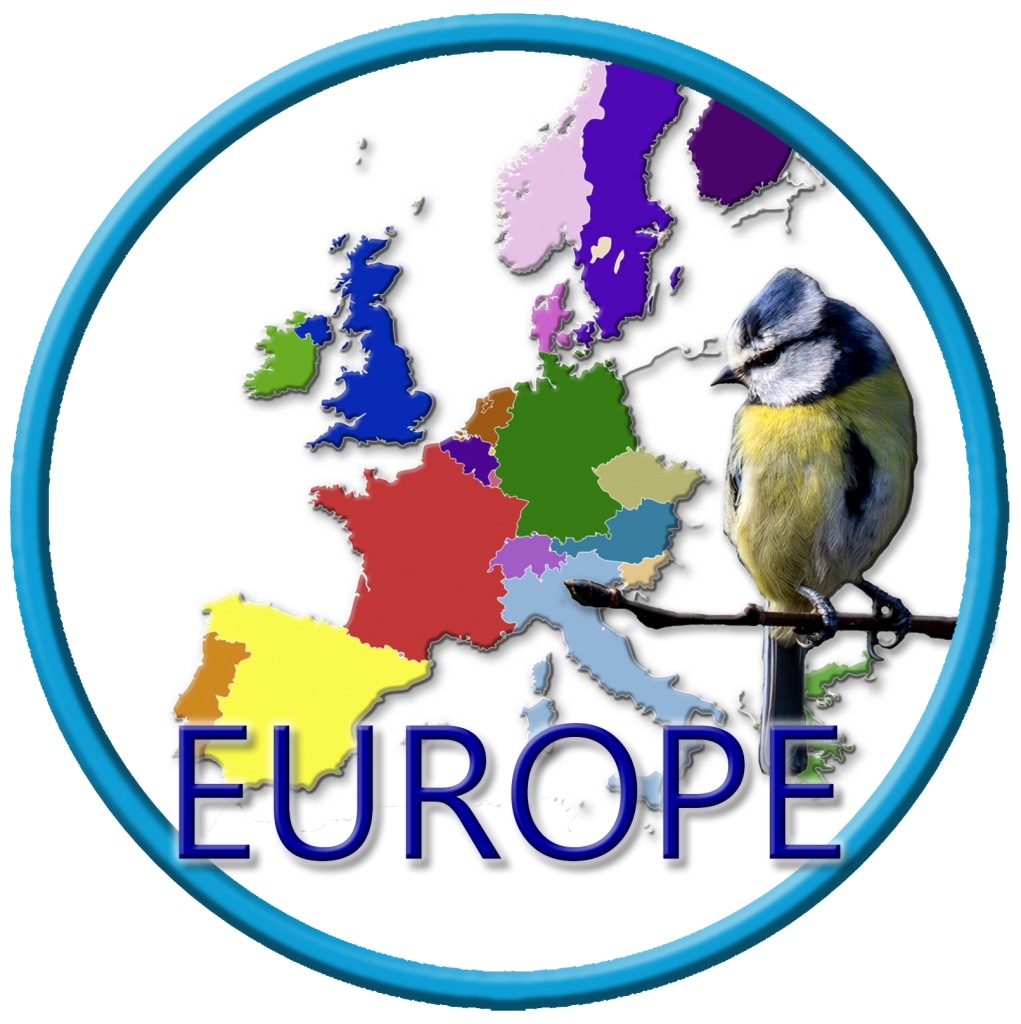
Western Europe Birds & Birding (#52/52): From the Highland Willow Scrub of Scotland to the Aegean Islands in the Sea of Crete, Western Europe is home to over 800 resident, migratory and vagrant birds. From songbirds to gamebirds and from waterfowl to raptors, you can find birds virtually in every nook and cranny of this beautiful area. *All images showcased in this blog series were taken and edited by me.
A Reflections of the Natural World Blog Post Series by Jim Gain
The Reed Bunting (Emberiza schoeniclus) is a streaky brown bird found in wetlands, reedbeds and on farmland across its range. Males sport black heads and a white ‘moustache’.

Physical Characteristics:
The Reed Bunting has a plump body with a length of approximately 15 centimeters (about 6 inches).
Its plumage exhibits sexual dimorphism:
- Male: During the breeding season, the male Reed Bunting displays striking features. His head, throat, and upperparts are jet black, contrasting sharply with his white belly. A distinctive white collar encircles his neck. His wings and tail feathers are brown.
- Female: The female is more subtly colored. She has streaked brown plumage overall, with a pale belly. Her head lacks the black cap seen in males.

Diet:
The Reed Bunting’s diet varies seasonally:
- Breeding Season: During this period, it primarily consumes invertebrates, such as insects and spiders.
- Non-Breeding Season: Outside of breeding, it shifts to a diet mainly composed of seeds and other plant material.
This dietary flexibility allows the Reed Bunting to adapt to changing food availability throughout the year.

Abundance and Distribution:
The Reed Bunting has an extremely large range across Europe, Asia, and parts of North Africa. In Europe alone, the breeding population is estimated to be between 4.06 million and 7.02 million pairs. Notably, strongholds for this species exist in Sweden, Poland, and Norway. It inhabits marshy areas with dense low vegetation, including fens, bogs, reed marshes, and riversides. In Siberia, it breeds in willow thickets within floodplains. Interestingly, the Reed Bunting has also colonized drier habitats, such as young woodlands and farmland (including maize, cereals, and oil-seed rape fields) in some regions.

IUCN Red List Status:
The Reed Bunting is classified as Least Concern by the IUCN.
Justification:
- Its large range prevents it from approaching the thresholds for Vulnerable status.
- Although the population trend appears to be decreasing, it is not rapid enough to meet the criteria for Vulnerable.
- The global population size is extremely large, further supporting its Least Concern status.
For more information, you can explore the IUCN Red List and learn about the conservation status of various species.

REED BUNTING WAS LIFER #812
